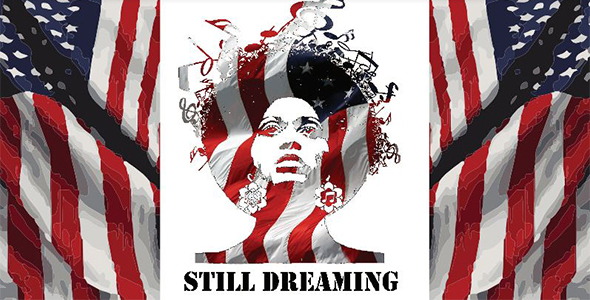Teacher(s) Name: Mrs. Heather Reid
School: Echo Lake ES
Grade Level(s): Grade 5
Content Area(s): Technology, Children’s Engineering, Creative Communication, Gifted
Lesson Summary
Students were given the opportunity to consider challenges in their lives and identify everyday problems with tasks and activities. They were then given time to brainstorm ideas to improve these challenges. Thus our “Invention Convention” was born. Students considered the pros and cons of their ideas, and interviewed people in their everyday lives to get multiple perspectives. They discussed their ideas in class and conferenced with their teacher. They researched inventors and inventions from the “mild to the wild.” They then spoke with friends and family to narrow down their choices and then finally deciding and researching objects and ideas that already existed. They then considered the audience for their invention, planned out the steps for development, described how it would work and considered any challenges they might face during the building process. They sketched it, labelled it and considered any materials required and kept a log during their building process. They recorded any changes they made during each work session. In class we worked together to create a name, slogan and elevator pitch. They tested their prototype, improving as necessary, created a trifold display with visuals and interesting information. We also made sure to discuss crediting sources and resources that they used during their collaboration process. They also practiced their oral presentation many times with their family and peers. After the convention the students were given the chance to add a technological spin to their project. Students could choose between creating a “shark tank” video, a 3D digital design and print or a sales commercial showcasing their project.
TIPC Ratings
Research & Information Fluency
Rating:Ideal – Explanation: Students demonstrate a sound understanding of research resources, past inventors and invention contributions. Students will select and use applications effectively and productively, and transfer current knowledge to learning of new technologies. Students shared their research of existing inventions and their improvements to those inventions when meeting the needs and challenges in their lives and the lives of those around them. Students displayed the research and information they found in an informative and interesting way, both visually and verbally.
Communication & Collaboration
Rating: Approaching – Explanation: Students use digital media and environments to communicate and work collaboratively, including at a distance, to support individual learning and contribute to the learning of others. Students interact, collaborate, and publish with peers, experts, or others employing a variety of digital environments and media. Students communicate information and ideas effectively to multiple audiences using a variety of media and formats. Students contribute to project teams to produce original works or solve problems.
Critical Thinking & Problem Solving
Rating: Ideal – Explanation: Students use critical thinking skills to plan and conduct research, manage projects, solve problems, and make informed decisions using appropriate digital tools and resources. Students identify and define authentic problems and significant questions for investigation. Students plan and manage activities to develop a solution or complete a project. Students collect and analyze data to identify solutions and make informed decisions. Students use multiple processes and diverse perspectives to explore alternative solutions, and make changes when challenges arise during the testing and building process.
Creativity & Innovation
Rating: Ideal – Explanation: Students demonstrate creative thinking, construct knowledge, and develop innovative products and processes using technology. Students apply existing knowledge to generate new ideas, products, or processes. Students create original works as a means of personal or group expression. Students use models, prototypes, demonstrations, and simulations to explore complex systems and challenging tasks. Students identify trends and frustrating tasks, and forecast possibile solutions.




